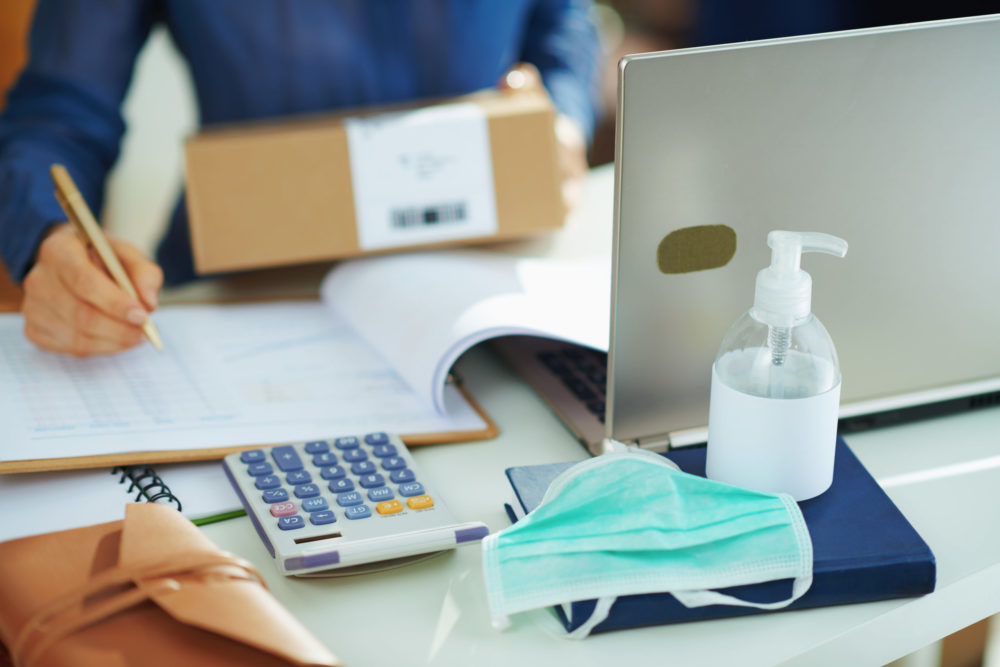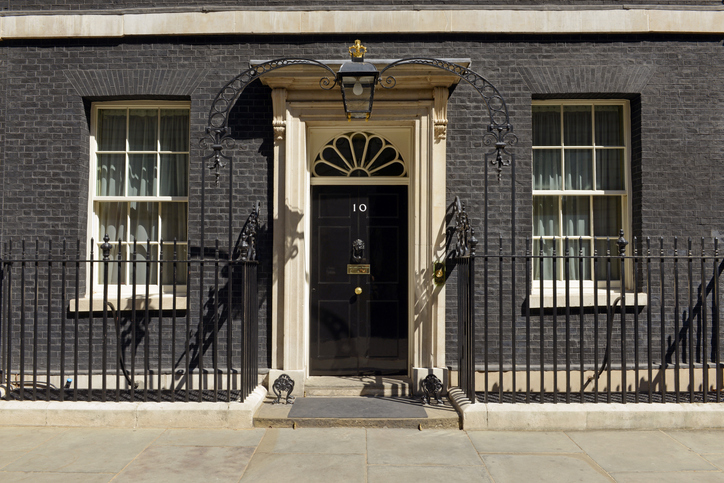As businesses start to reopen, the safety of your staff, customers and your suppliers is a priority. One of the first areas to address is your coronavirus risk assessment.
The government has published a series of eight guides to help businesses to reopen across key sectors.
We’ll delve deeper into how you conduct your own risk assessment to ensure that your business is COVID-19 secure.
When should I be doing a coronavirus risk assessment?
If you’re already trading, you need to do it now to prove that you’re working safely. Those who have more time would be wise to carry one out now too.
You have an obligation under Section 3 of the Management of Health and Safety at Work Regulations 1999 to do a standard risk assessment. The government recommend that you take out a risk assessment in line with Health and Safety Executive (HSE) guidance.
Under the Management of Health and Safety at Work Regulations 1999, the minimum you must do is:
- Identify what could cause injury or illness in your business (hazards)
- Decide how likely it is that someone could be harmed and how seriously (the risk)
- Take action to eliminate the hazard, or if this isn’t possible, control the risk
Find out more detail about the health and safety process by reading our Health and safety checklist for small businesses: 9 things you need to do.
Throughout the assessment, consult with your workers or with relevant trade unions about the right time to safely return to work, transportation options and home working arrangements.
Once complete, share the results of your risk assessment with your workforce. Publish the results on your website if possible – you’re expected to if you have over 50 employees though there is no legal action if you don’t do so.
>See also: What is the average cost of fitting out my shop for coronavirus?
You need only publish the results of the risk assessment rather than the whole document itself. If you have multiple properties, it’ll be presented as a single overarching risk assessment.
How often should I be doing coronavirus risk assessments for my small business?
You’ll be reviewing your risk assessment regularly, such as when government guidance on coronavirus changes, if you have a coronavirus outbreak within your company, when you reintroduce a previously closed part of the business (reopening public toilets, for example) or if you introduce a new product or service.
What else should I be doing to reduce the spread of COVID-19?
On top of your risk assessment, the government says you should also:
Develop cleaning, hand washing and hygiene procedures
- Encourage staff to follow hand washing protocol
- Provide hand sanitiser in washrooms and other central areas within the building
- Clean and disinfect objects which are touched regularly
- Clean busy areas more regularly
- Set clear use and guidance for cleaning toilets
- Provide hand drying facilities if you don’t have them already like paper towels or electric hand dryers
Help employees to work from home
- Discuss home working arrangements
- Make sure they have the right equipment to be working from home
- Remember to include them in all necessary company communications
- Look after their mental and physical health
Maintain 2m of social distancing
- Put up signs to remind people of social distancing guidelines
- Avoid operating at the same workstation
- Mark 2m distances on the floor
- Arrange a one-way system through your workplace if possible
- See visitors by appointment only if possible
If staff can’t distance, you should manage transmission risk
- Assess whether the activity needs to continue for the business to operate
- If so, keep the activity time as short as possible
- Use screens or barriers to help protect people from each other
- Introduce back-to-back or side-to-side working if you can
- Stagger staff arrival and departure times
- Reduce the number of people each person has contact with through fixed teams or partnering
Read more
What the revamped furlough scheme means for your small business





